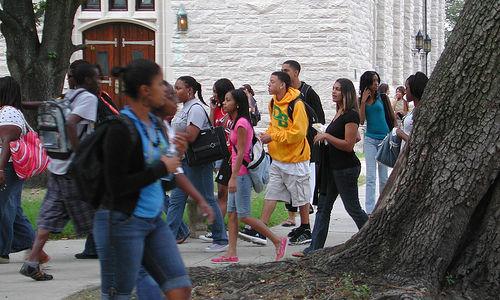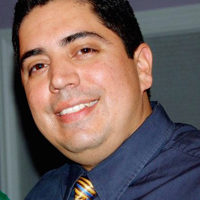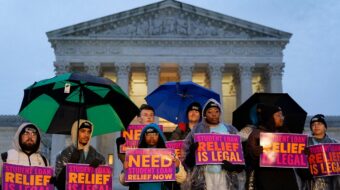
Nationwide college students are celebrating and applauding leaders of the House of Representatives after they passed major student aid reform along with the historic health care bill on Sunday.
The student measure was part of the package of “fixes” that will be considered by the Senate under the budget process known as “reconcilliation.”
Student leaders say the federal government is moving forward with the most sweeping overhaul of college financial aid in decades.
“This is truly a historic day for all Americans,” said Gregory Cendana, president of the United States Student Association (USSA). “The passage of HR 4872 is a monumental victory for students and families struggling to keep their heads above water in today’s tough economy,” he added.
On average each student graduates with nearly $25,000 dollars in debt, said Cendana. “If the U.S. is going to fully recover from the recession, the federal government must enact long-term, prudent fiscal policies that invest in the future. That means investing in college affordability through President Obama’s student aid reform plan.”
Under the student aid proposal, private lenders would no longer make federally subsidized student loans. Rather, the government would make all such loans itself, instead of only some as it does now. Borrowers will go directly to the federal government for student loans, and not to the banks or other private lenders. It would make college loans that parents take out for their children slightly cheaper and easier to get.
The middleman would be eliminated saving the government an estimated $61 billion over the next ten years. About $36 billion of that would be used to increase Pell grants for lower-income students. The measure would also allocate $2.5 billion to historically minority-serving institutions and community colleges. At least $10 billion would be allocated toward reducing the federal deficit.
The bill would boost annual Pell grants, which go to about 6 million students, to a maximum of $5,975 by 2017 from $5,550 this year.
Some critics say the boost falls short from an earlier House version that addressed tuition inflation, however. Thirty years ago, Pell grants covered 77 percent of the average tuition at a public university. Today, only 35 percent are covered.
Despite some shortfalls, most see the bill as a positive step in the right direction and say the savings will help the most needy students in the country.
In the 2007-08 school year 7.3 million students received Pell grants, out of 14.6 million who applied. A decade ago, 4.9 million students received the aid.
Graduates having trouble paying their loans will also get help, according to the new rules. Starting in 2014, eligible borrowers can cap their monthly loan payments at 10 percent of their discretionary income, down from the current 15 percent. In addition, borrowers who make their monthly payments faithfully for 20 years can have the remaining balance forgiven, down from 25 years under the current law.
The Senate is expected to take up the measure as early as this week.
Meanwhile USSA commends leaders of the House saying the legislation makes great strides to ensure that students can depend of federal financial aid programs as they work towards their goal of achieving a higher education. The measure comes at a pivotal moment in the student movement, says USSA, which recognizes the government’s investment in higher education and the country’s economic future.
“Students and families are struggling to balance mortgage-sized loan debt, rising insurance premiums, and the everyday cost of living,” said Cendana. “USSA’s 4.5 million members, and millions of young people around the country celebrate this victory and look forward to its final passage in the Senate in the coming week,” he said.












Comments